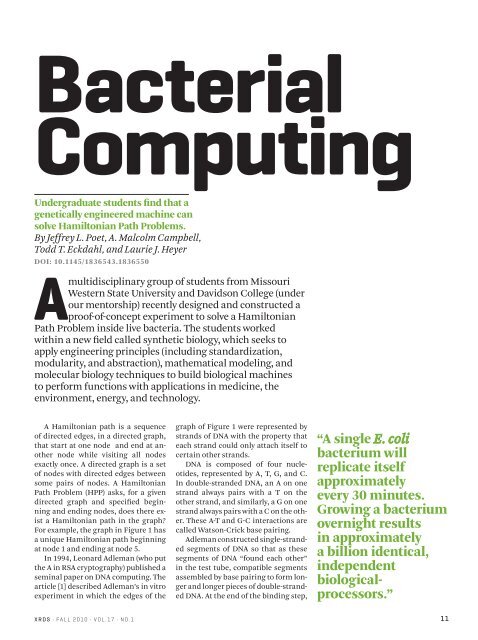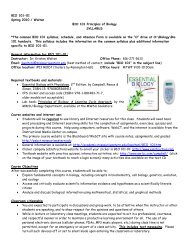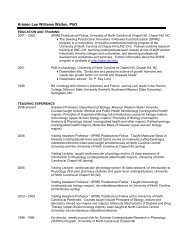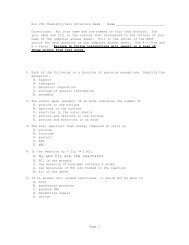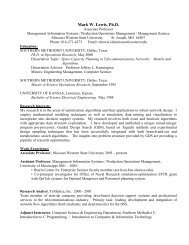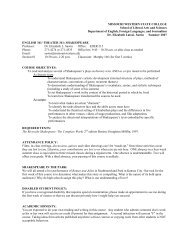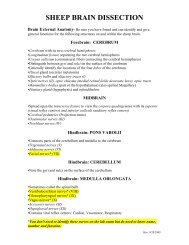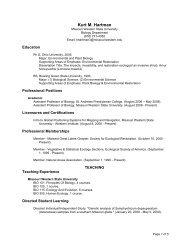Bacterial computing
Bacterial computing
Bacterial computing
- No tags were found...
You also want an ePaper? Increase the reach of your titles
YUMPU automatically turns print PDFs into web optimized ePapers that Google loves.
<strong>Bacterial</strong>ComputingUndergraduate students find that agenetically engineered machine cansolve Hamiltonian Path Problems.By Jeffrey L. Poet, A. Malcolm Campbell,Todd T. Eckdahl, and Laurie J. HeyerDOI: 10.1145/1836543.1836550Amultidisciplinary group of students from MissouriWestern State University and Davidson College (underour mentorship) recently designed and constructed aproof-of-concept experiment to solve a HamiltonianPath Problem inside live bacteria. The students workedwithin a new field called synthetic biology, which seeks toapply engineering principles (including standardization,modularity, and abstraction), mathematical modeling, andmolecular biology techniques to build biological machinesto perform functions with applications in medicine, theenvironment, energy, and technology.A Hamiltonian path is a sequenceof directed edges, in a directed graph,that start at one node and end at anothernode while visiting all nodesexactly once. A directed graph is a setof nodes with directed edges betweensome pairs of nodes. A HamiltonianPath Problem (HPP) asks, for a givendirected graph and specified beginningand ending nodes, does there exista Hamiltonian path in the graph?For example, the graph in Figure 1 hasa unique Hamiltonian path beginningat node 1 and ending at node 5.In 1994, Leonard Adleman (who putthe A in RSA cryptography) published aseminal paper on DNA <strong>computing</strong>. Thearticle [1] described Adleman’s in vitroexperiment in which the edges of thegraph of Figure 1 were represented bystrands of DNA with the property thateach strand could only attach itself tocertain other strands.DNA is composed of four nucleotides,represented by A, T, G, and C.In double-stranded DNA, an A on onestrand always pairs with a T on theother strand, and similarly, a G on onestrand always pairs with a C on the other.These A-T and G-C interactions arecalled Watson-Crick base pairing.Adleman constructed single-strandedsegments of DNA so that as thesesegments of DNA “found each other”in the test tube, compatible segmentsassembled by base pairing to form longerand longer pieces of double-strandedDNA. At the end of the binding step,“A single E. colibacterium willreplicate itselfapproximatelyevery 30 minutes.Growing a bacteriumovernight resultsin approximatelya billion identical,independentbiologicalprocessors.”X R D S • F A L L 2 0 1 0 • V O L . 17 • N O . 1 11


